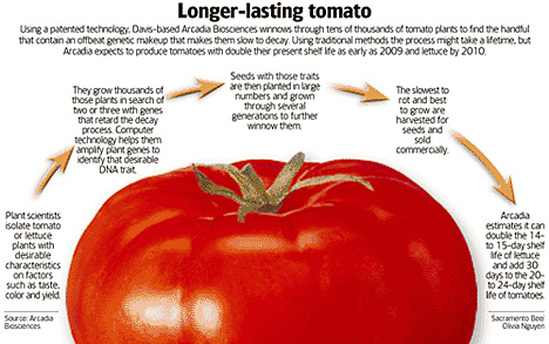In class we had the opportunity to hear Dave Mayonado talk about biotechnology and his experience with Monsanto, and now Bayer. He started out but briefly talking about agricultural practices before we had all this precision agriculture technology and biotechnology. Explaining how land grant universities had the ability to conduct great amounts of research about agriculture. Afterwards he began to dive into how the knowledge of genetics and proteins in a plants genome has created for so many advances in agriculture. The ability for seed companies to insert targeted traits, silence traits, or add traits into a plants DNA allowed for them to start producing seeds that wouldn’t die from glyphosate, withstand drought better, produce higher levels of oil, and much more. This changed the face of agriculture. However, this technology is something that is heavily targeted but anti-GMO activists despite the fact that it is constantly being proven as a safe technology. In being employed with now Bayer, Mayonado has to be an agvocate for such technology, although that may not be formally in his job description.
I thought it was really interesting how Mayonado explained he spends a lot of the time in his job, working with government officials to educate them on this technology. The food and fiber system is quite the platform for political figures but yet a lot of them really have no idea what they are actually talking about. In saying so, I think a lot of people don’t realize that major seed companies have to take many different roles in educating consumers/political figures in order to continue to have successful company. He also talked about how they are constantly having to research, create, and produce new products in order to keep up with the producer and the demands. A big concern with this technology is the development of resistance in pests, so marketing new products so producers have different modes of action is crucial to a biotech company like Bayer. Creation of such products is lengthy, costly process but if done correctly can be very financially rewarding. Clearly, Monsanto/Bayer have been able to do just that.
Mayonado gave a great lecture pertaining to biotechnology and his experience within the company. Although I may not have understand all the technical science in his presentation, the one point that stuck out to me was that he never has the same work day. Things are always changing, and that is innovation something that excites me as a future producer.

